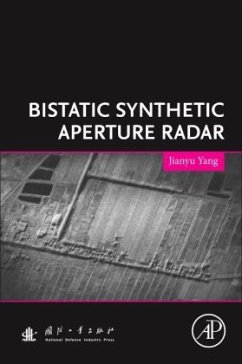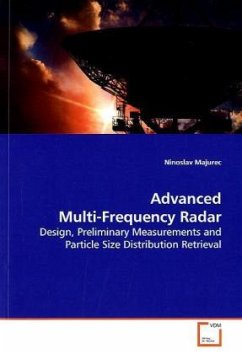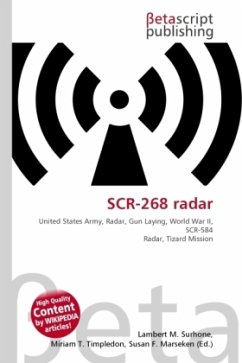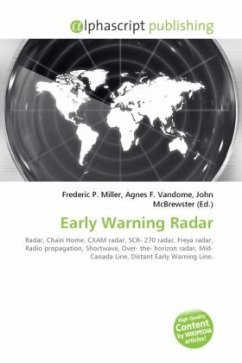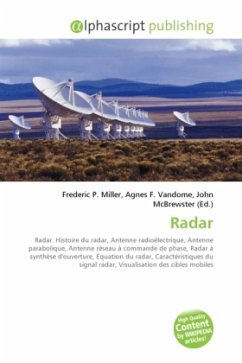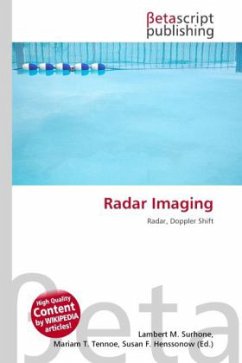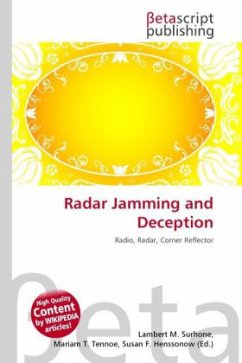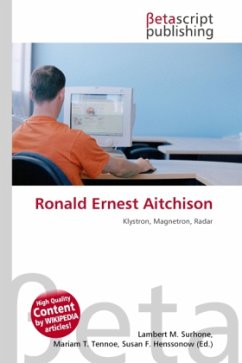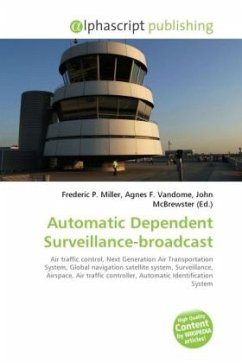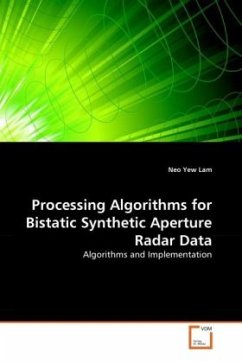
Processing Algorithms for Bistatic Synthetic Aperture Radar Data
Algorithms and Implementation
Versandkostenfrei!
Versandfertig in 6-10 Tagen
52,99 €
inkl. MwSt.

PAYBACK Punkte
26 °P sammeln!
This book investigates bistatic Synthetic Aperture Radar (SAR) image formation and develops bistatic SAR algorithms to accommodate various bistatic geometries. The key step to many frequency based focusing algorithms is to find an analytical solution for the spectrum of a reference point target. No simple analytical solution exists for the bistatic case because of the Double Square Root in the bistatic range equation. Several algorithms have been developed to overcome this difficulty; they are reviewed and analyzed in this book to compare their processing accuracies. A solution to the spectrum...
This book investigates bistatic Synthetic Aperture Radar (SAR) image formation and develops bistatic SAR algorithms to accommodate various bistatic geometries. The key step to many frequency based focusing algorithms is to find an analytical solution for the spectrum of a reference point target. No simple analytical solution exists for the bistatic case because of the Double Square Root in the bistatic range equation. Several algorithms have been developed to overcome this difficulty; they are reviewed and analyzed in this book to compare their processing accuracies. A solution to the spectrum based on the reversion of a power series is presented in this book. Its accuracy is compared with existing analytical point target spectra. Using this spectrum result, a bistatic Range Doppler Algorithm is developed to handle the azimuth-invariant, bistatic case. In addition, the algorithm is used to focus real bistatic data acquired with two X-band SAR systems. To handle azimuth-variant cases; the Non-Linear Chirp Scaling algorithm is derived which can accommodate squinted and long-wavelength bistatic cases where both platforms have dissimilar velocities and non-parallel flight paths.



